Obamacare Application Data Is Wrong For 2 Million Applicants Receiving Subsidies
Stanley Feld M.D.,FACP,MACE
The second really big deal is the fact that over two million people lied on their application for Obamacare through the federal health insurance web site www.healthcare.gov.
We do not know how many of the 1.2 million who received insurance through state exchanges lied.
Unfortunately, the Obama administration throws so many numbers out of context at the American public that it is impossible to follow the true facts and subsequent disastrous consequences.
President Obama and the healthcare insurance industry were terrified about adverse selection by the people signing up. Both worked hard to get young people with no preexisting illnesses to sign up so the insurance premiums would not increase next year.
Basketball, baseball and football stars were recruited to advertise Obamacare’s benefits on TV and encourage enrollment.
The population, in the uninsured individual insurance market, was only 14 million out of a population of 350 million people. Three hundred and thirty six million received waivers from Obamacare for one reason or another.
What will happen when 336 million must participate in Obamacare? The percentage of participants in the population will be tiny if the individual market is a guide.
Seven million of the fourteen million lost their healthcare insurance because of Obamacare’s requirements. Eight million signed up for healthcare insurance under Obamacare. This represents an increase of only one million and not and increase of eight million.
Of the 8 million, 85% or 6.8 million people applied and received government subsides. These subsidies were supposed to be tax credits.
The www.healthcare.gov did not have a functional back end to the website to check if these people were lying about their income, job status, and even citizenship.
If people intentionally misstated information, they were warned they could be charged with perjury. I assume President Obama will waive that charge.
Only citizens and legal immigrants are eligible under the law for subsidized coverage.
The government signed up about 5.4 million people, while state-run websites signed up another 2.6 million.
Only 1.2 million of those were not eligible for subsidies.
Are these 1.2 million the part of the 7 million who lost their insurance because of Obamacare? Are the 8 million the people who did not have insurance before Obamacare?
Both are important questions that we have not gotten answers to.
My guess is the people who signed up were people who could not get insurance because of preexisting conditions or people who could not afford insurance in the individual market.
In either case the will be adverse selection and increased healthcare utilization. Insurance premiums will increase for everyone in the health insurance exchanges.
“Some 80% of all those who have enrolled in plans nationwide, according to federal statistics released today, have chosen a silver plan, meaning deductibles of $2,000 for singles and $4,000 for families, or gold or platinum plans, which have no deductibles. “
“Only 18% have opted for bronze plans, which offer lower premiums, balanced by deductibles of $4,500 for singles/$9,000 for families.”
Many consumers can hardly afford the bronze plans with subsidies much less the high deductibles. Those consumers will be forced drop out of Obamacare.
“The Associated Press reports that of the 5.4 million people who signed up for health insurance through the federal marketplace 2 million submitted information that does not match up with federal data.”
The discrepancies could affect their subsidy adversely. Applications were accepted on boy scouts’ honor. The subsidies were determined on the basis of the information on the application. These people will owe the government the difference plus a penalty. They are also liable for perjury.
The back end of www.Healthcare.gov is still incomplete.
“Serco, a foreign contractor already under investigation, was awarded a $1.2 billion contract to process Obamacare’s paper applications, and the AP reports they will be tasked with resolving these application issues. “
Despite having had three years and more than $600 million to work with the federal governmentand its chosen contractor could not build a functional website. It cost an additional $200 million dollars and four months to get the front end to work.
The $600 million to build www.healthcare.gov was more than it cost Apple to develop the iPhone. Apple is an American company with American jobs.
It should be recalled that another foreign contractor (CGI of Canada) got the first contract. Michelle Obama’s Princeton classmate happened to be an executive,
“Serco is a foreign company riddled with a history of transgressions. The most recent transgression was that Obamacare contractors were literally being paid to do nothing.”
The White House has attempted to dispel concern about the website being dysfunctional.
However, the report of over 2 million falsified applications has reignited the questions of government incompetence and misleading information about the dysfunctional website as the enrollment period approached.
“As Americans for Prosperity reported in the Washington Times early last month, “the website was originally intended to function automatically, calculating premium subsidies, making government payments, and tracking enrollment information that would affect future costs.”
“ But the interim system currently in place (that resulted in the newly revealed data discrepancies) is “pretty much a spreadsheet and some informed estimates,” according to Politico.
Compounding www.healthcare.gov problems are a Roll Call report that almost 3 million Medicaid enrollees have not yet had their applications processed.
These issues are all separate issues from Obamacare’s cancelled healthcare plans, physicians opting out or retiring, and the scandal with the Veterans’ Affairs health care system.
In reality all the issues are one with the Obama administration making it clear that a government run bureaucratic healthcare system is a nightmare that will destroy the healthcare system in America.
The opinions expressed in the blog “Repairing The Healthcare System” are, mine and mine alone. Please have a friend subscribe
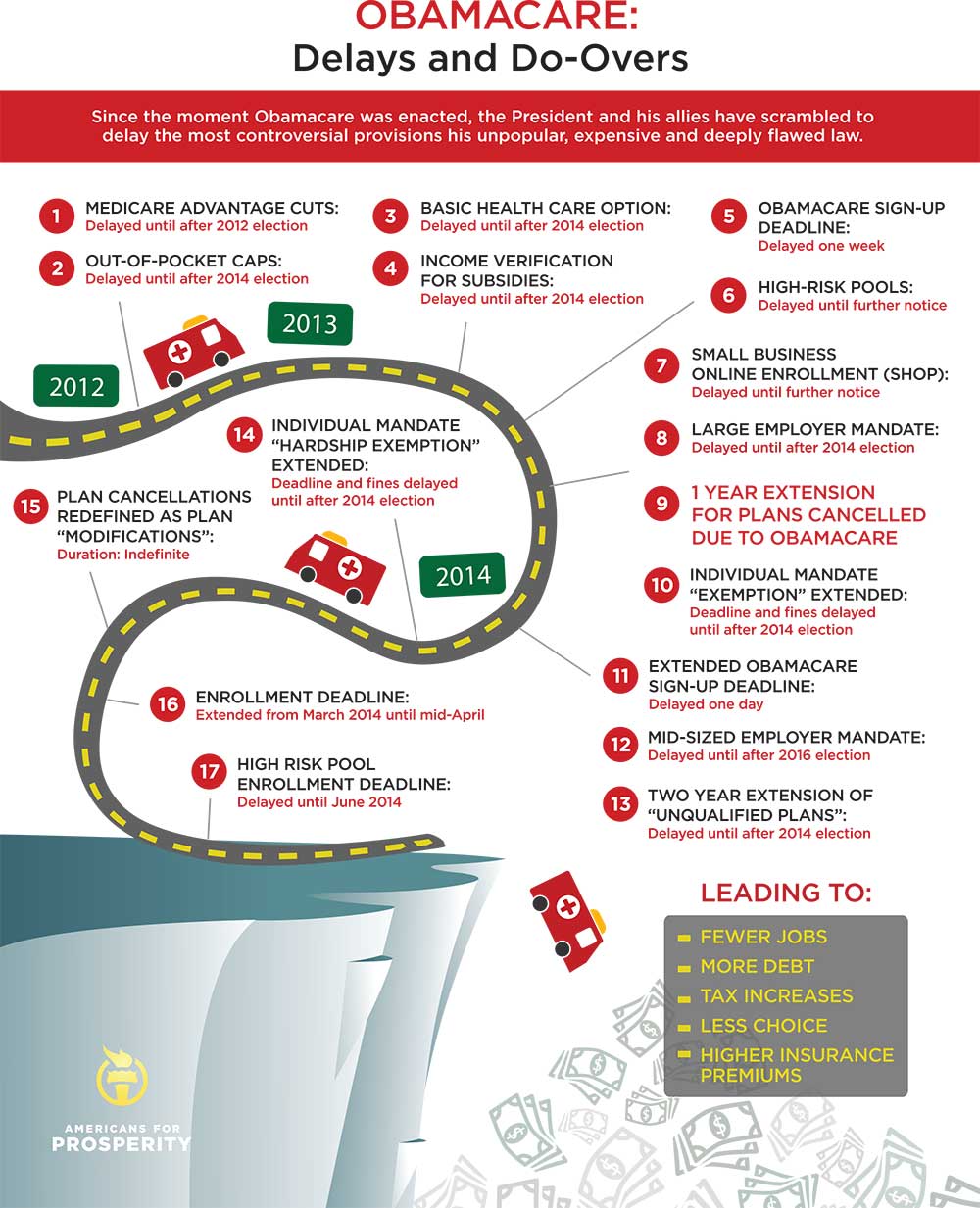
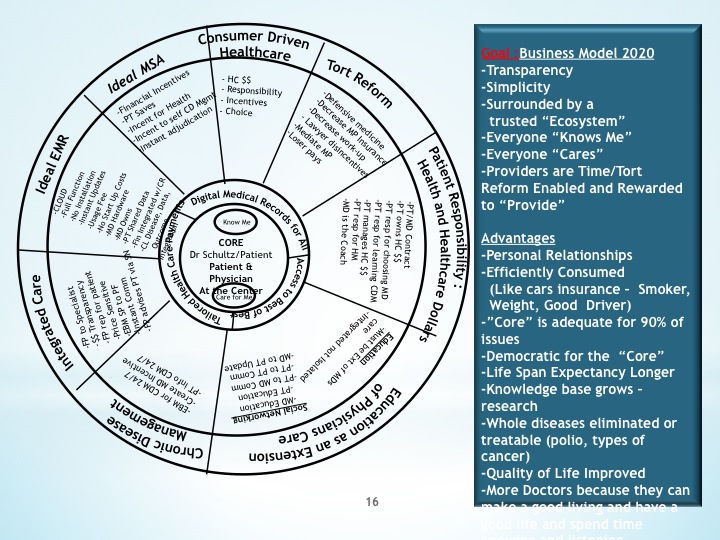
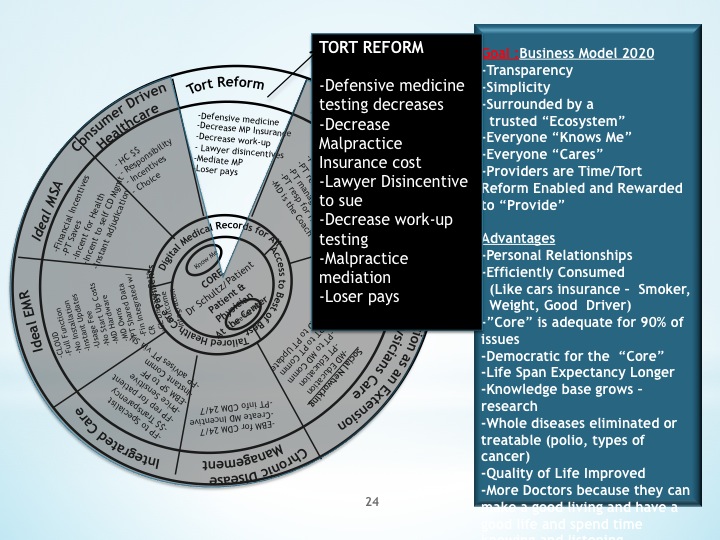
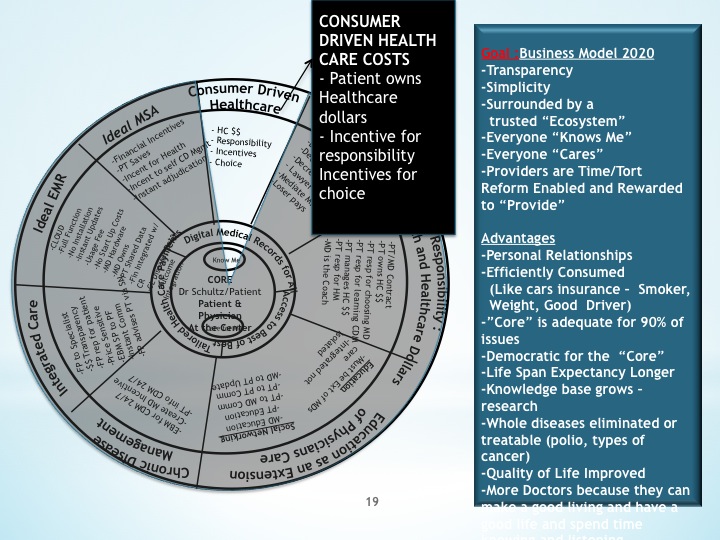
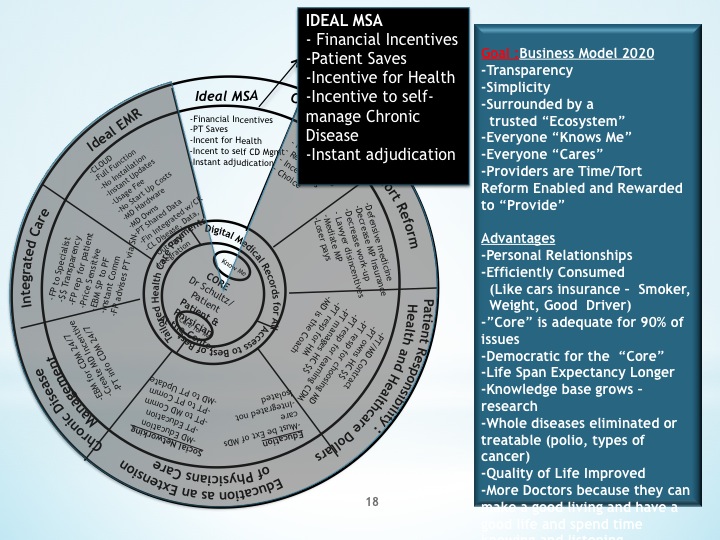
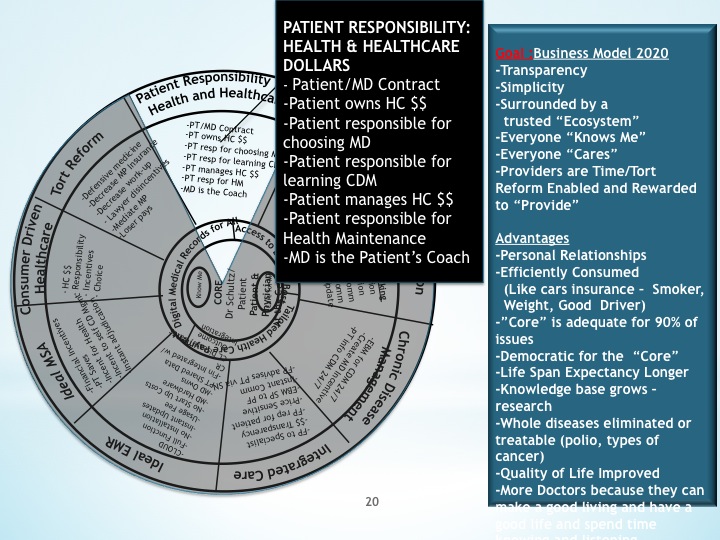
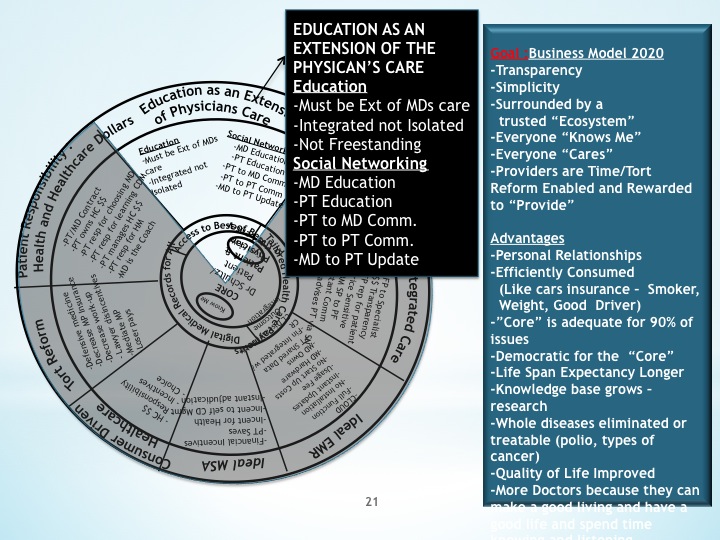
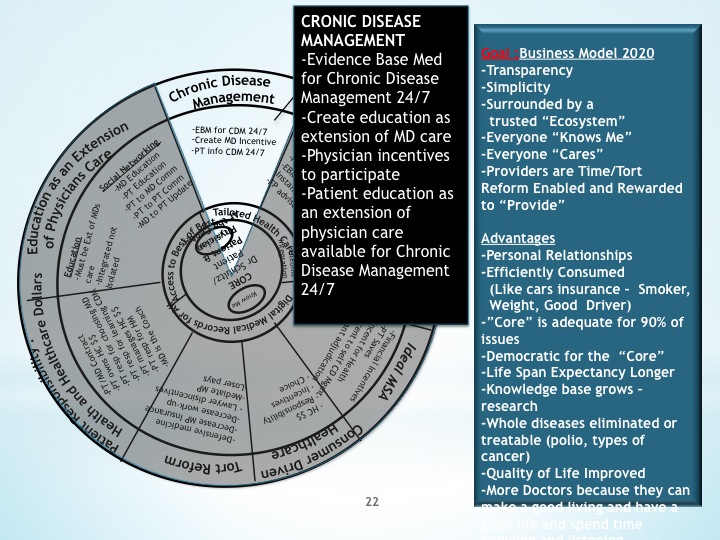
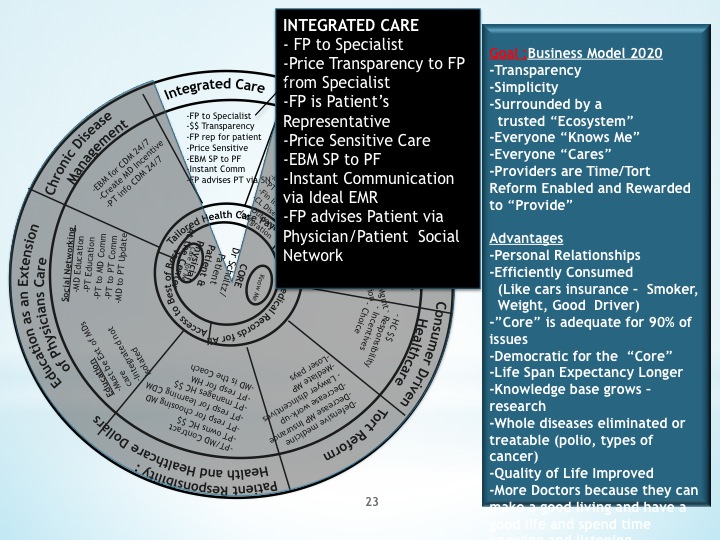
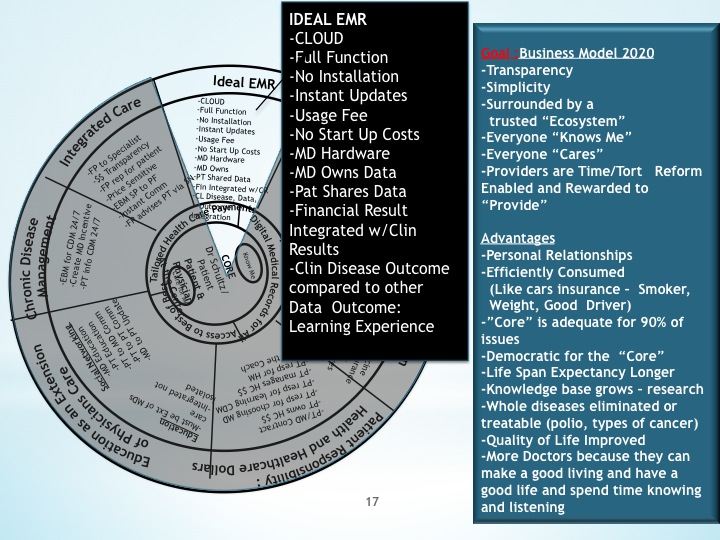

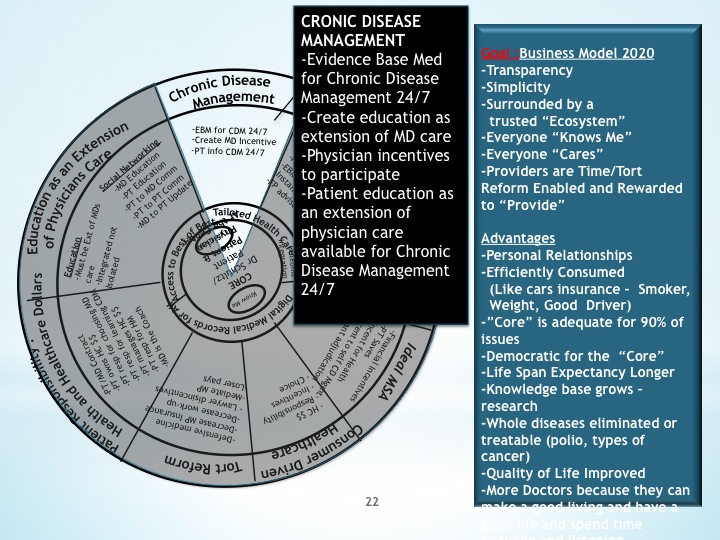
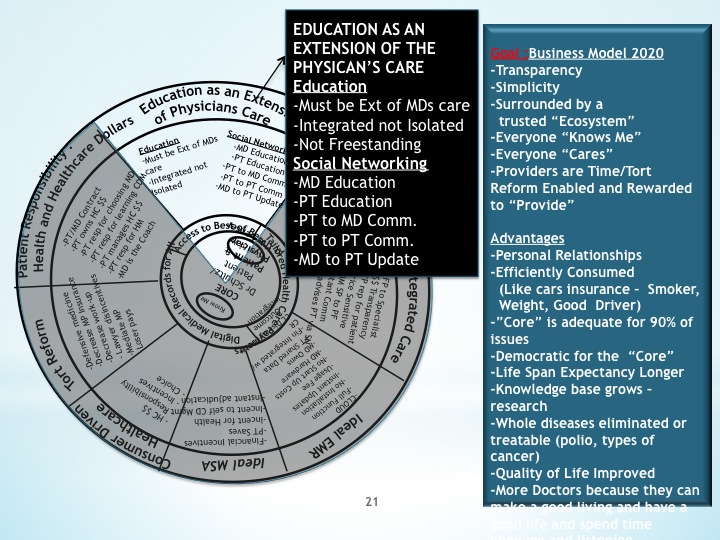
Read this article to see the quotation will the very same way that if you accidently die in the middle and is suddenly at the mercy of the insurers charge identical premium rate. This agreement lasted until June of 2013. Of course there are auto insurance companies give a low introductory price to pull car insurance with dui you in. Meaning, if the current insurance company but low cost or cheaper rates may be much higher than expected.